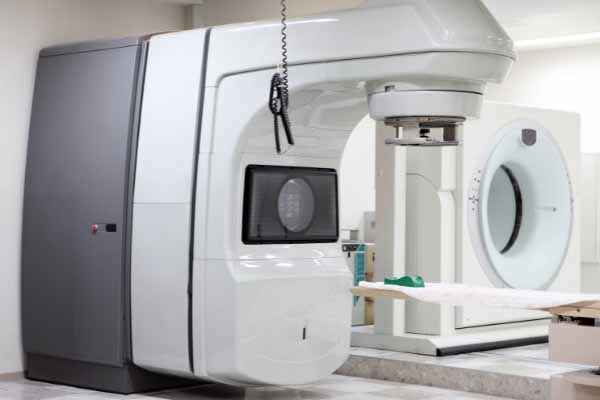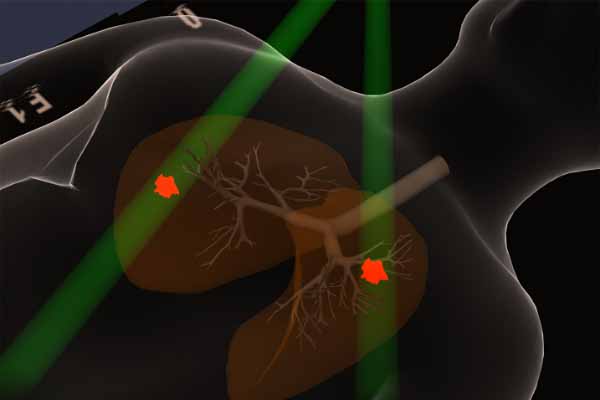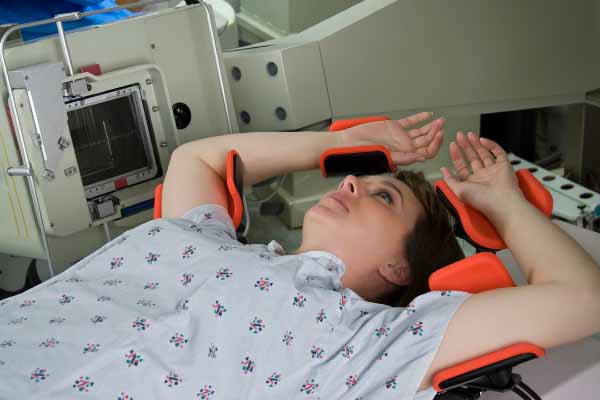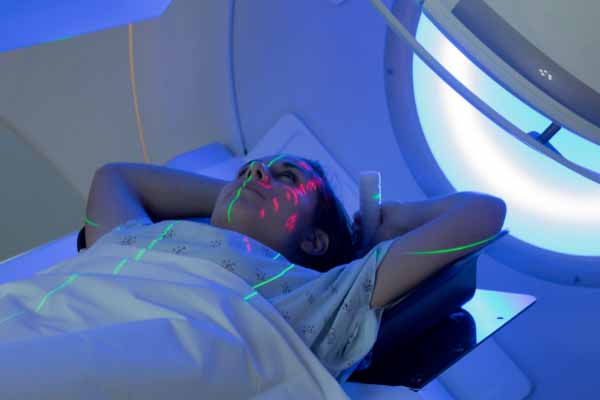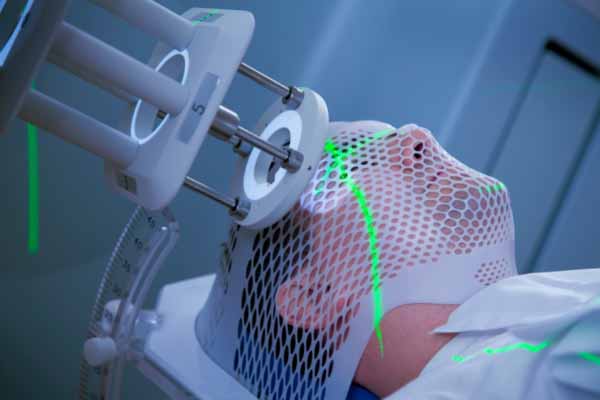The goal of radiation therapy is to get a high enough dose of radiation into the body to kill the cancer cells while sparing the surrounding healthy tissue from damage.
Depending on the location, size, and type of tumor, you may receive one or a combination of radiation therapy techniques. One of the most effective and least invasive of these techniques is external beam radiation therapy.
During external beam radiation therapy, a beam of radiation is directed through the skin to a tumor and the immediate surrounding area. This beam delivers high-energy rays directed at the tumor in order to destroy it and any nearby cancer cells.
Because it is a highly precise, local treatment—meaning it only treats one specific area of your body—the side effects of external beam radiation are minimal. To minimize side effects, cancer treatments are typically given every weekday for a number of weeks.
Today, external beam radiation is the most popular form of radiation. If your Charlotte cancer treatment team has prescribed external beam radiation therapy as part of your treatment plan, it can be helpful to understand EBRT and know what to expect from your treatments.


